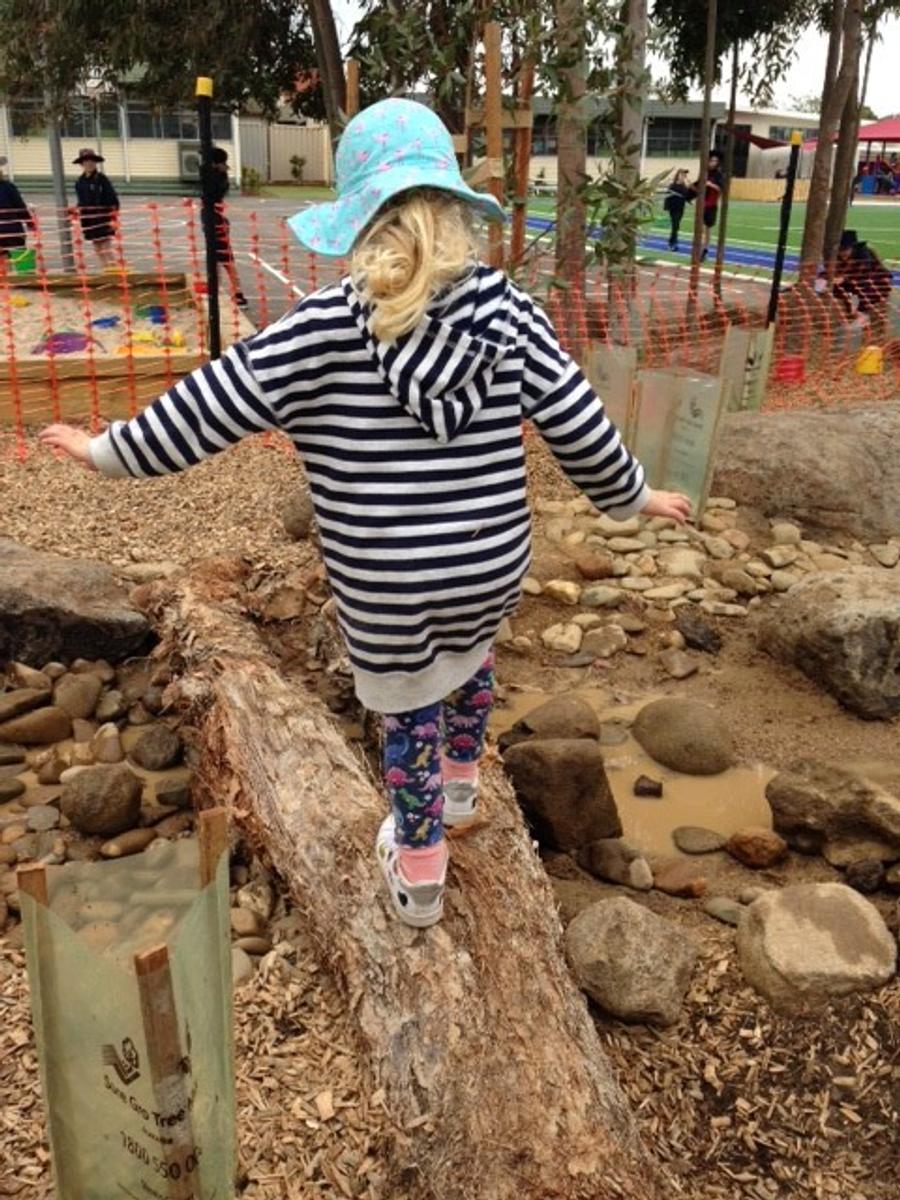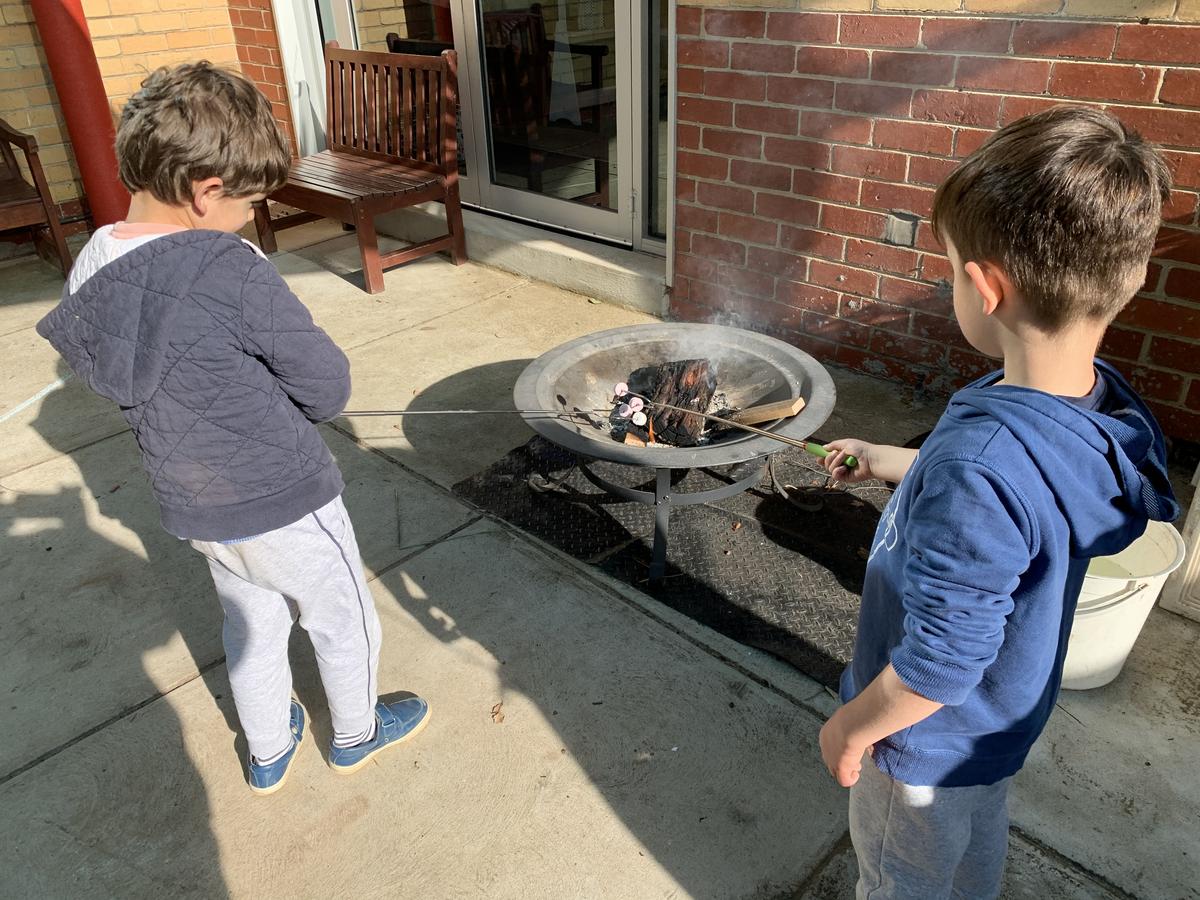Weighing up risks and benefits in children’s play
Why a balanced approach is needed and what it looks like

Weighing up risks and benefits in children’s play
Why a balanced approach is needed and what it looks like
Many children and teenagers actively seek out adventurous, exciting play experiences. Providing challenging play opportunities in managed environments may help to reduce accidents overall, because they can take place in locations that are safe from traffic and other serious hazards. Disabled children have an equal if not greater need for adventurous play opportunities, since they may be denied the freedom of choice enjoyed by their nondisabled peers.
It is not surprising that children often have minor accidents when they play. Also, minor and easily healed injuries in play environments are not necessarily a problem. Indeed, these are all but inevitable, especially in challenging, adventurous provision. That said, playgrounds of all types are comparatively safe places, and playing on playgrounds is safer than taking part in many other sports or leisure pursuits.


Why is a balanced approach needed?
Managing risks in play environments can be a complicated task. It is quite different to risk management in other contexts like factories or workplaces. In such places, hazards – things that can potentially cause harm – rarely have any inherent benefits. Hence, risk management focuses solely on the need to introduce control measures that reduce the risk of harm to an acceptable level. But in a play context, exposure to some risks is a benefit. Take for example a wobbly footbridge: the kind that may be found in a children’s play area. In a factory or workplace, there is no good reason to build a bridge that wobbles. If there were such a bridge, it would probably be flagged up in a risk assessment as needing remedial action. Yet in a play context, a wobbly bridge has inherent benefits, even though it may lead to more accidents than a rigid bridge. A wobbly bridge presents a challenge to children: are they steady enough on their feet – and brave enough – to cross it?
What gets in the way of a balanced approach?
Many adults, especially those with memories of childhoods spent largely outdoors, will need little convincing of the benefits of allowing children to take some risks. Yet, there is clear evidence that adults limit children’s play too much, because of their anxiety about giving children the chance to take risks.


What about unexpected risks that may happen during sessions?
Children’s outdoor play is unpredictable. It is impossible to be sure how play sessions will unfold, and impossible to plan for every scenario. That is why in supervised settings, a key part of an overall approach to risk management is how you respond to the unexpected. This is called dynamic risk management. As with anticipated risks, the aim is to take a balanced and thoughtful approach. The term ‘dynamic risk-benefit assessment’ (dynamic RBA) is sometimes used to describe such an approach. Dynamic RBA is not about following pre-set decision-making procedures. No procedure can cope with the complexity and fluidity that happens in children’s play.


Similarly, dynamic RBA does not involve documentation or record keeping. The fluid, rapidly evolving nature of play sessions means it is not easy to document decisions and actions in real time. In the moment, your focus needs to be on what is happening around you. The time, effort, and energy you spend documenting decisions and actions, or showing that you have followed a particular procedure, can take your attention away from the children’s play. This may well undermine decision making and increase the risks. Hence, it is not possible to specify in detail how to manage risks dynamically.
What is needed is for practitioners to be supported to reflect on their practice, and helped to make sound judgements. The goal is to build professional competence and confidence, grounded in your organisation’s values.
Source
Weighing up risks and benefits in children’s play - Why a balanced approach is needed and what it looks like
Authored by Tim Gill for Play Wales (November 2021)